A small-scale biorefinery plant in Bandon, Co Cork, has trialled breaking grass up into its various components that can be used as feed or fertiliser.
The Biorefinery Glas project is being spearheaded by IT Tralee as part of work to develop a protein plan for Europe that will reduce the EU’s dependency on feed imports.
A demonstration of the biorefinery was held at Shinagh Farm on Thursday 11 July.
Separating the grass
The biorefinery separates the grass as it enters the machine. It is then heated and split into fibre and liquid.
The fibre is solid and called press-cake, which resembles haylage. It is wrapped as a bale and can be used for winter feed.
The juice from the grass is high in protein.
It can be dried out to a material that is approximately 90% dry matter and then used as a feed for pigs and chickens.
The residue can be filtered into a high-value sugar product, while the remaining material can be spread as fertiliser or used in an anaerobic digester.
Efficiency
Researchers say this approach improves the efficiency of nitrogen use for milk production and provides chickens and pigs with an indigenous source of protein from grass which is otherwise indigestible to these animals.
The project is fully-funded by the Department of Agriculture. IT Tralee along with its partners Carbary Group, Barryroe Co-op, UCD, Grassa and Wageningen University in the Netherlands, hope it will deliver and support new income streams for farmers.
Read more
Watch: open day at west Cork grass biorefinery project
Watch: squeezing value out of grass
A small-scale biorefinery plant in Bandon, Co Cork, has trialled breaking grass up into its various components that can be used as feed or fertiliser.
The Biorefinery Glas project is being spearheaded by IT Tralee as part of work to develop a protein plan for Europe that will reduce the EU’s dependency on feed imports.
A demonstration of the biorefinery was held at Shinagh Farm on Thursday 11 July.
Separating the grass
The biorefinery separates the grass as it enters the machine. It is then heated and split into fibre and liquid.
The fibre is solid and called press-cake, which resembles haylage. It is wrapped as a bale and can be used for winter feed.
The juice from the grass is high in protein.
It can be dried out to a material that is approximately 90% dry matter and then used as a feed for pigs and chickens.
The residue can be filtered into a high-value sugar product, while the remaining material can be spread as fertiliser or used in an anaerobic digester.
Efficiency
Researchers say this approach improves the efficiency of nitrogen use for milk production and provides chickens and pigs with an indigenous source of protein from grass which is otherwise indigestible to these animals.
The project is fully-funded by the Department of Agriculture. IT Tralee along with its partners Carbary Group, Barryroe Co-op, UCD, Grassa and Wageningen University in the Netherlands, hope it will deliver and support new income streams for farmers.
Read more
Watch: open day at west Cork grass biorefinery project
Watch: squeezing value out of grass




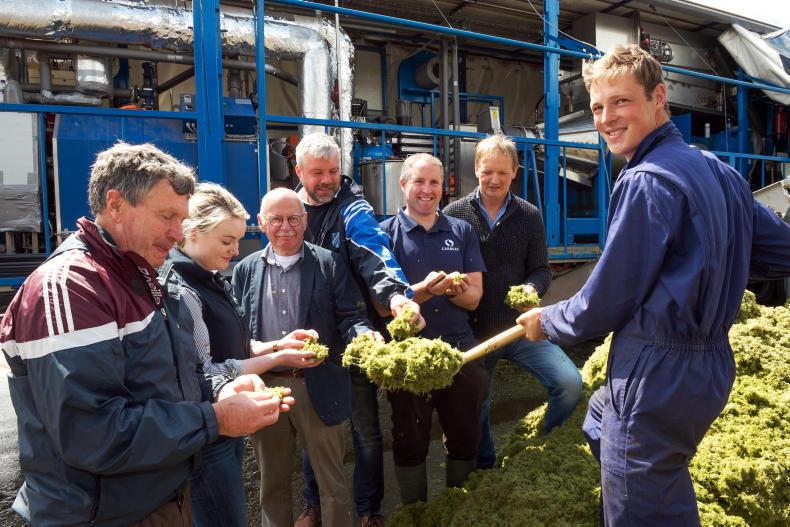
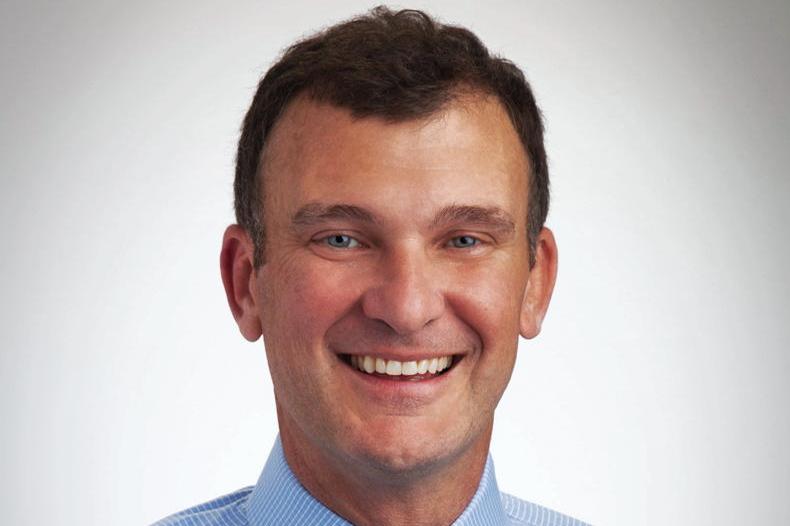
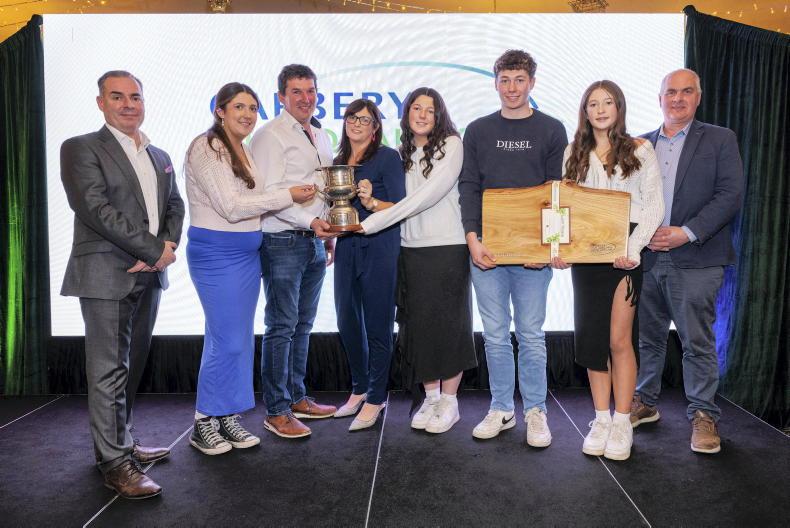
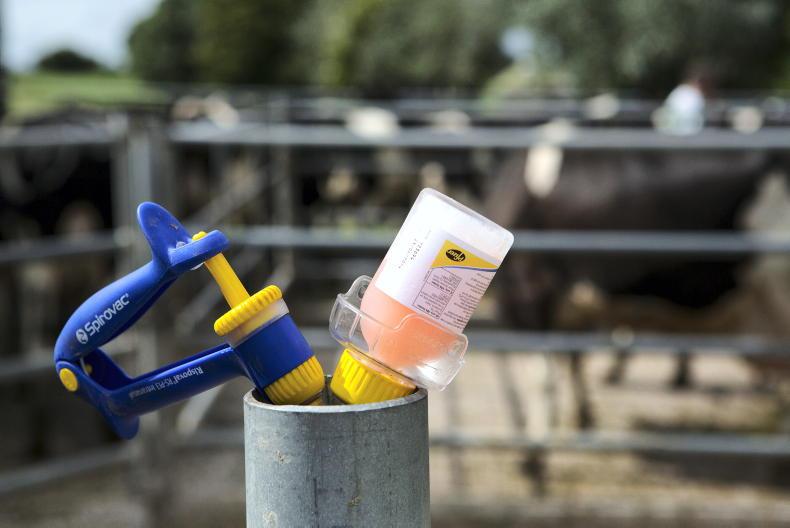
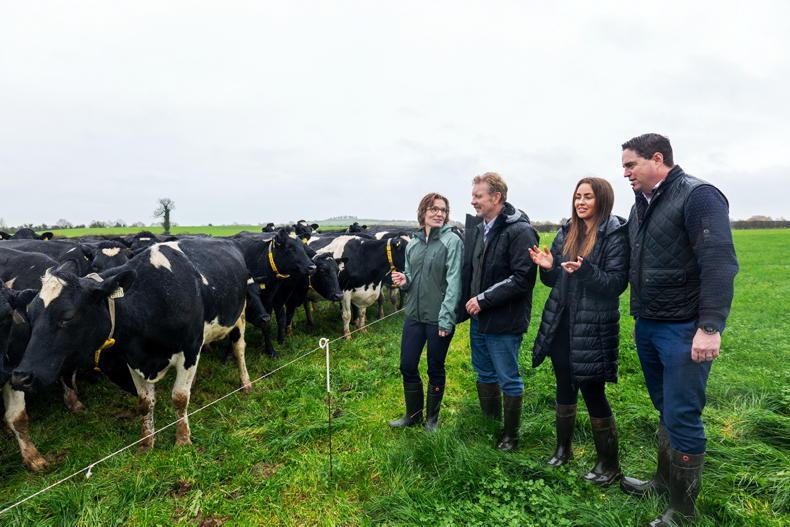
SHARING OPTIONS